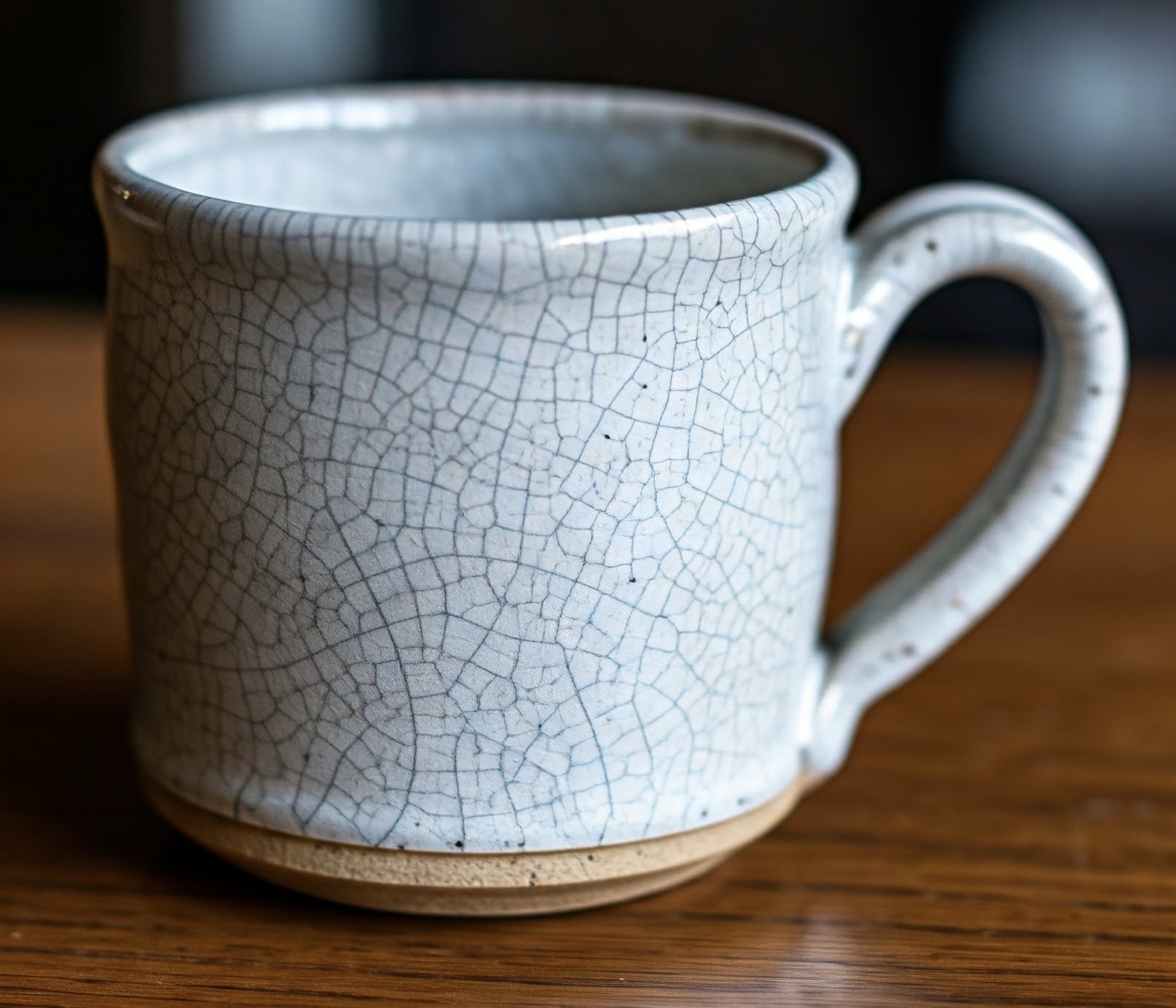This is crazing. On functional ware. No good.
This glaze is "stretched" on the clay so it cracks. When the lines are close together like this it is more serious. If the effect is intended, it is called "crackle" (but no one should intend this on insight-live.com/glossary/210">functional ware). Potters, hobbyists and artists invariably bump into this issue whether using commercial glazes or making their own.
"Art language" solutions don't work, at least some technical words are needed to understand it. Crazing is a mismatch in the thermal expansions of glaze and body. Most ceramics expand slightly on heating and contract on cooling. The amount of change is very small, but ceramics are brittle and glazes are rigidly attached. If they are stretched on the ware cracks will occur to relieve the stress (usually during cooling in the firing but sometimes much later). All glaze and body manufacturers advise against crazing on functional ware.
Pages that reference this post in the Digitalfire Reference Library:
Where do I start in understanding glazes?, Two matte mechanisms: One crazes, the other does not, Two ChatBots square off on crazing in 2025, Bacterial survival studies done on crazed glazes had surprising results. But also oversights., Glaze Chemistry, Glaze Crazing, Glaze Crazing

This post is one of thousands found in the Digitalfire Reference Database. Most are part of a timeline maintained by Tony Hansen. You can search that timeline on the home page of digitalfire.com.
